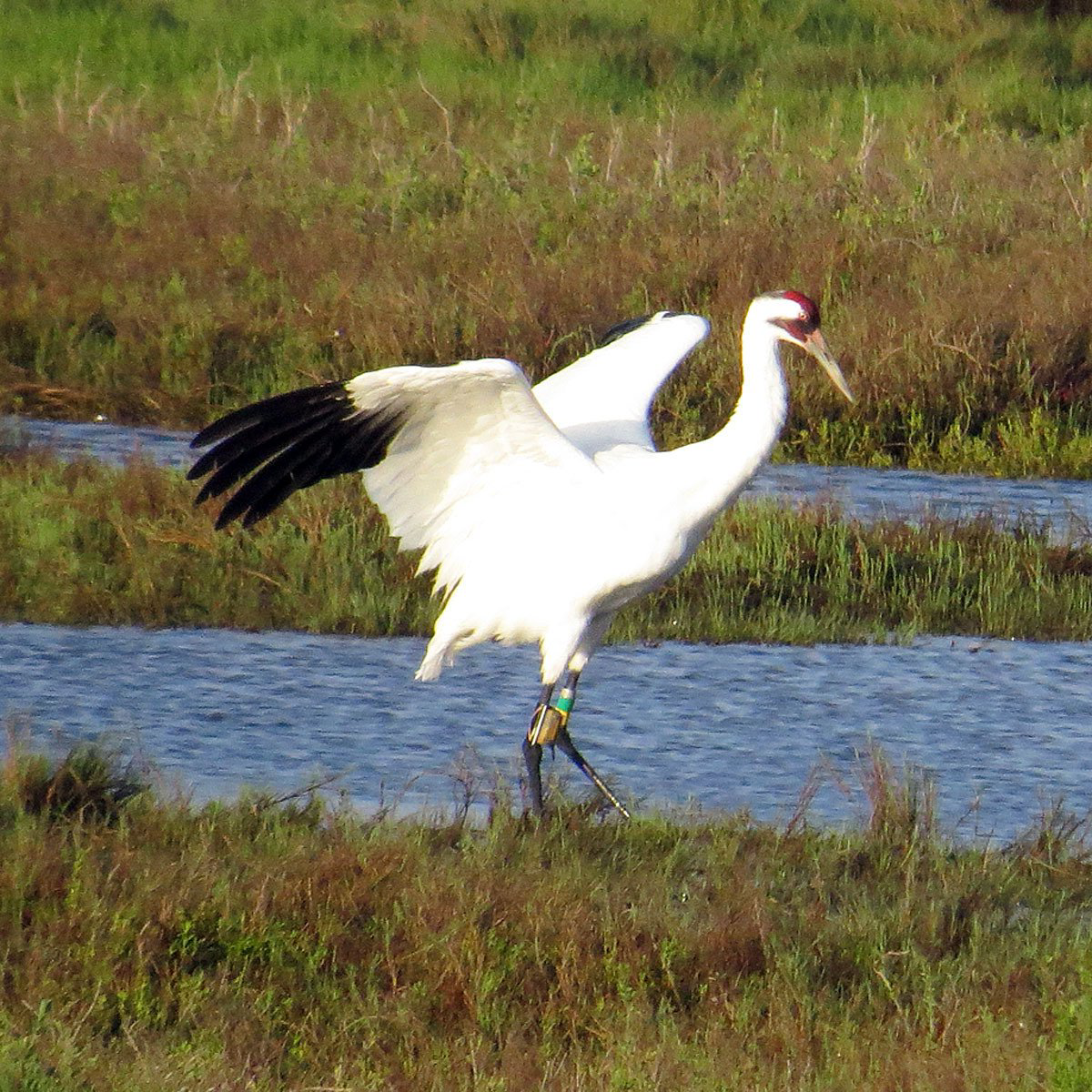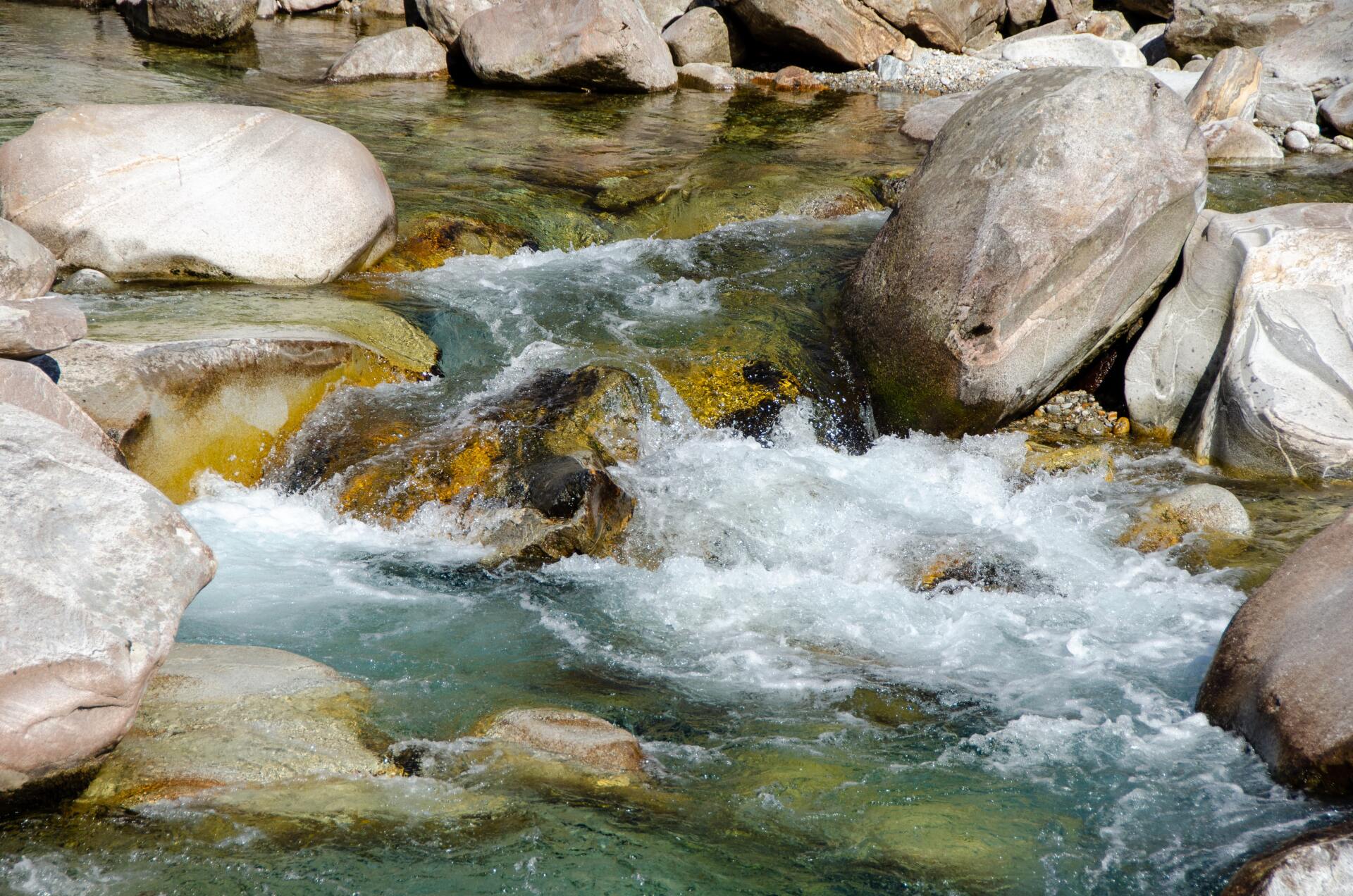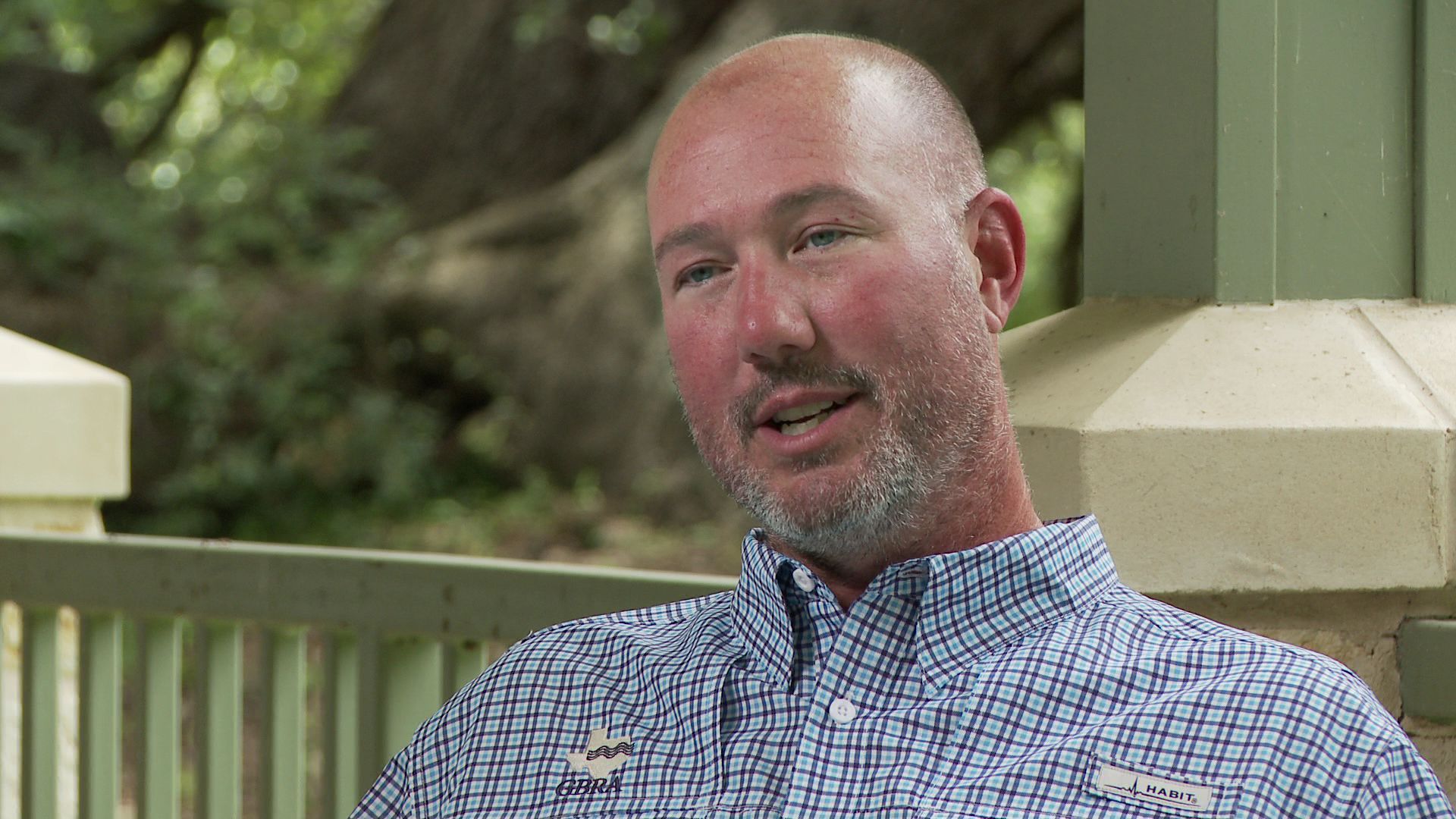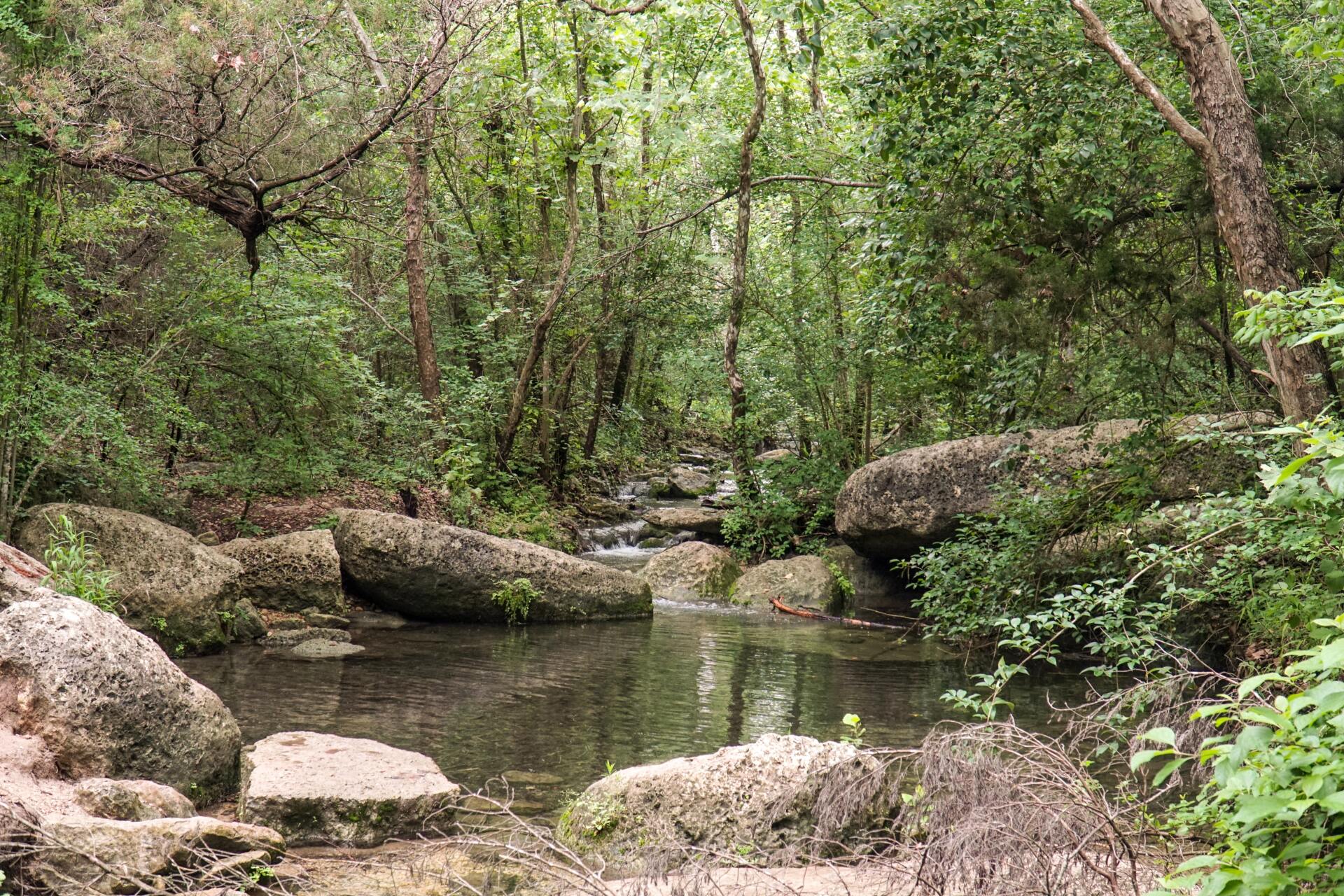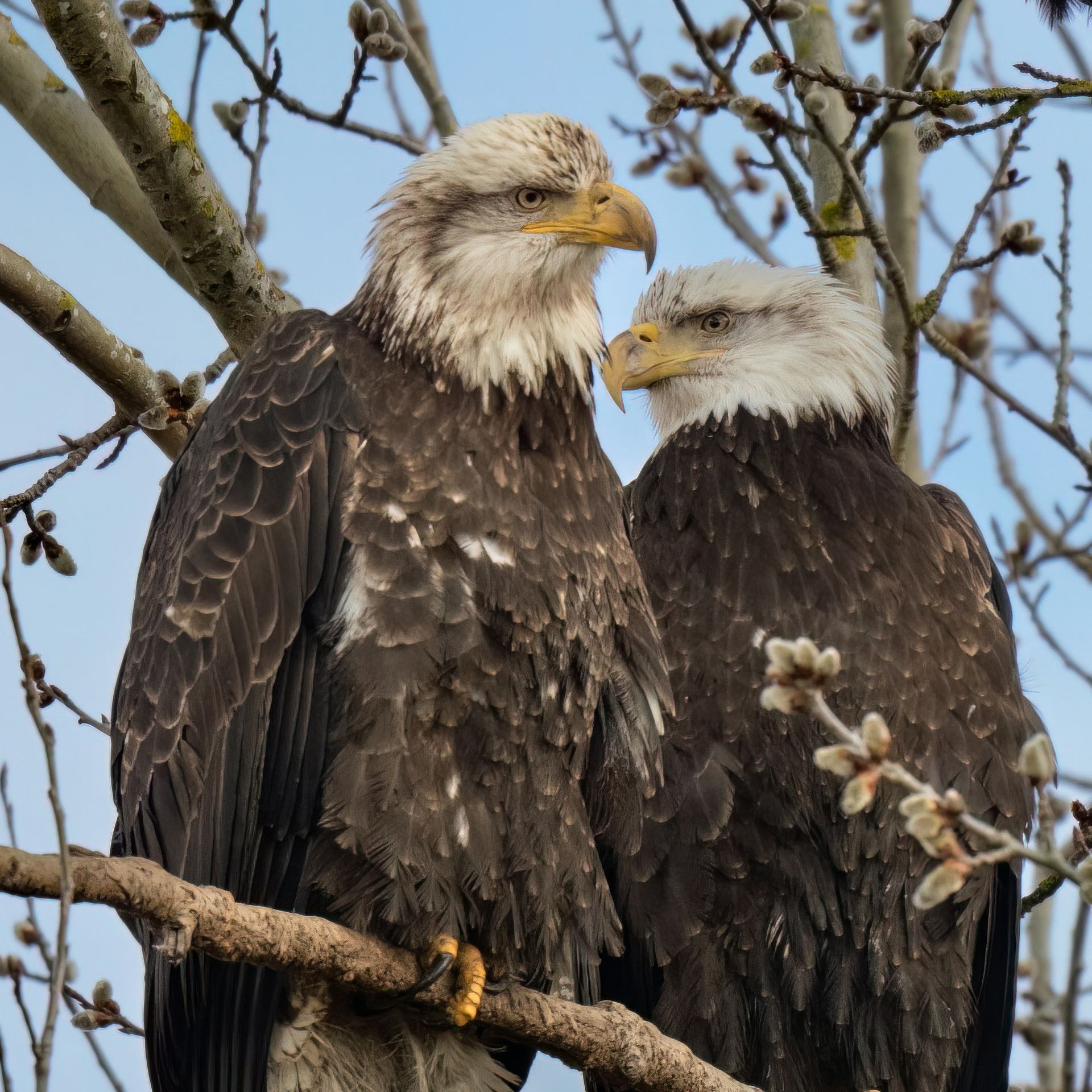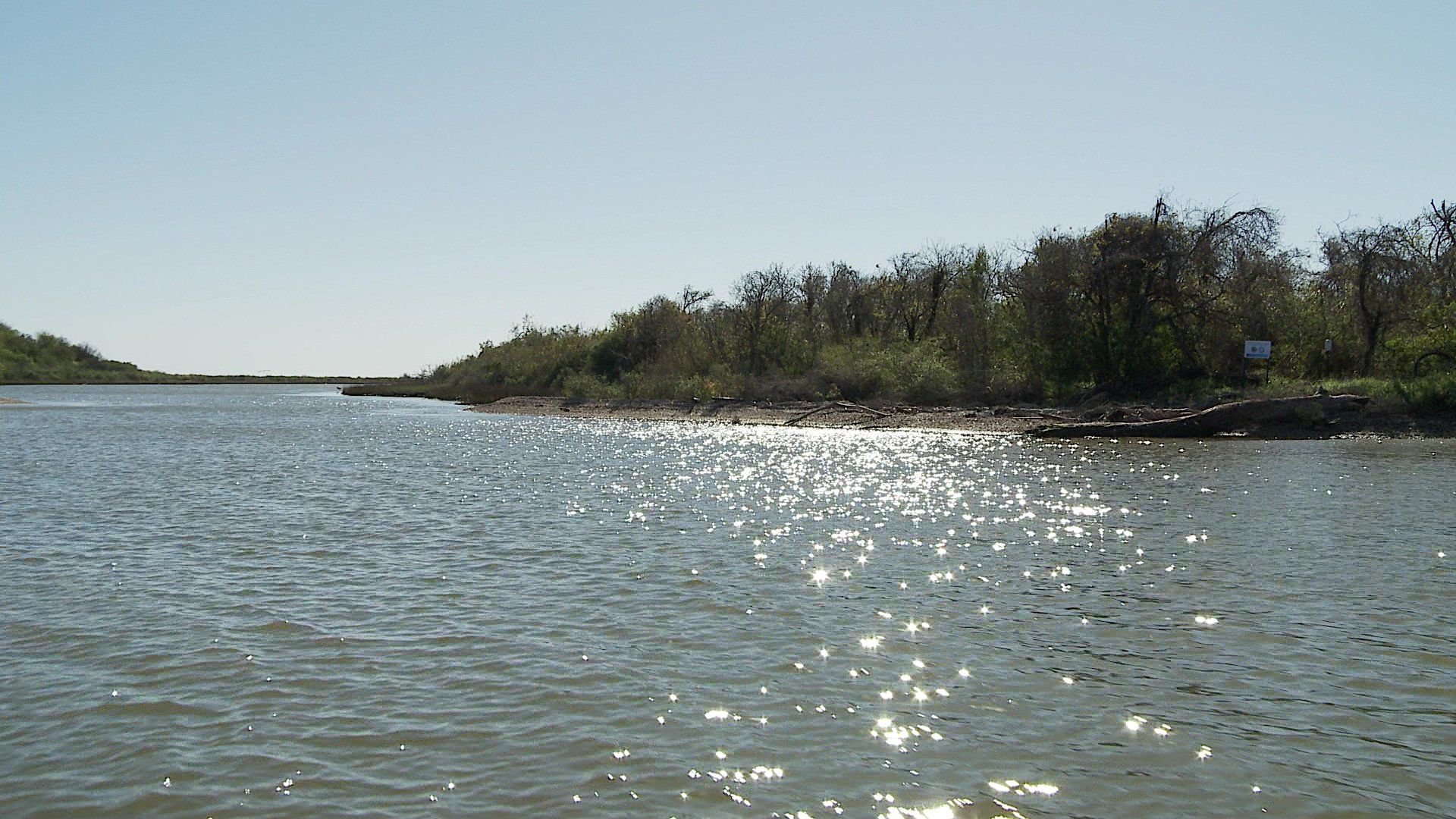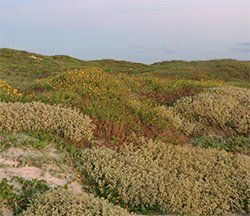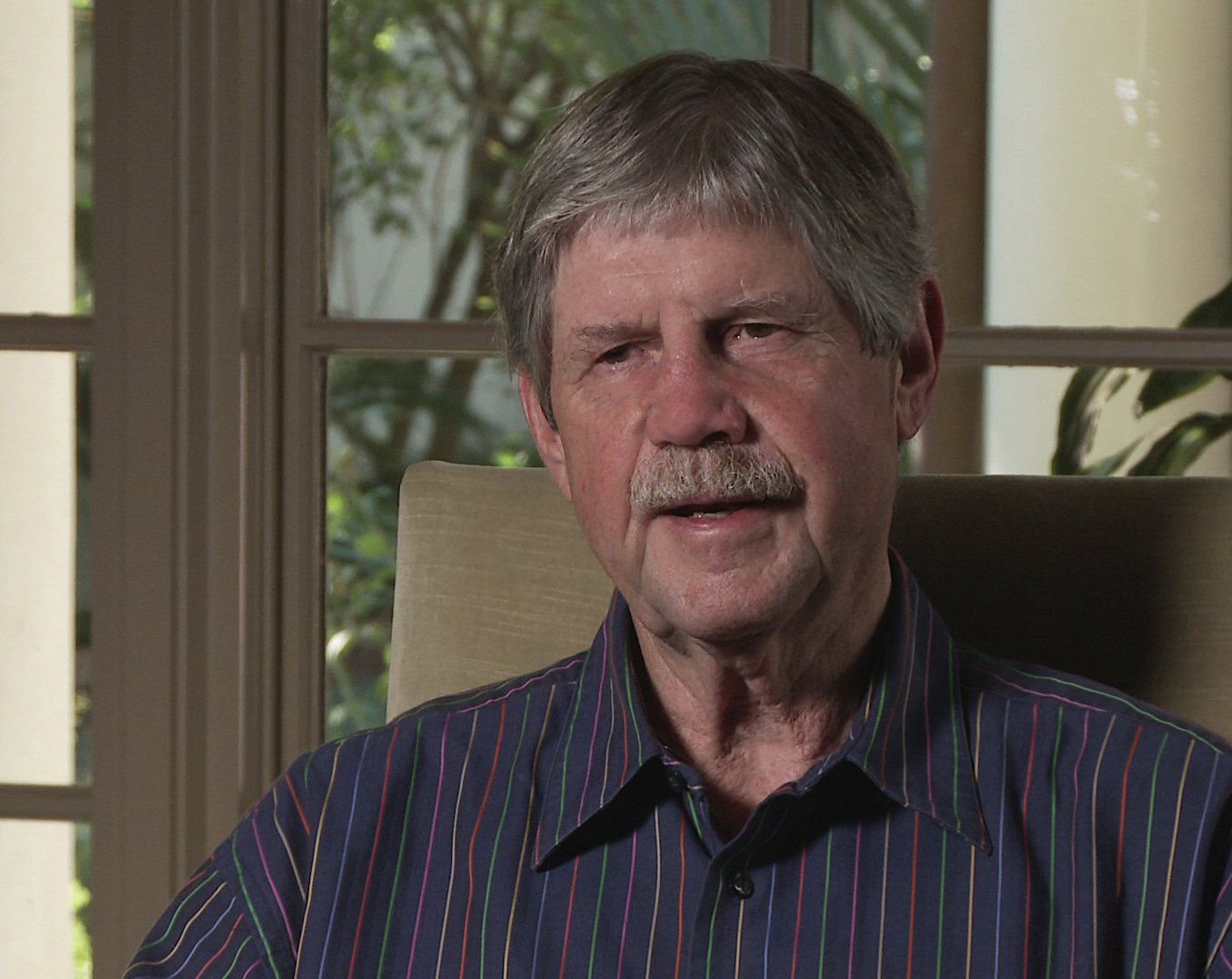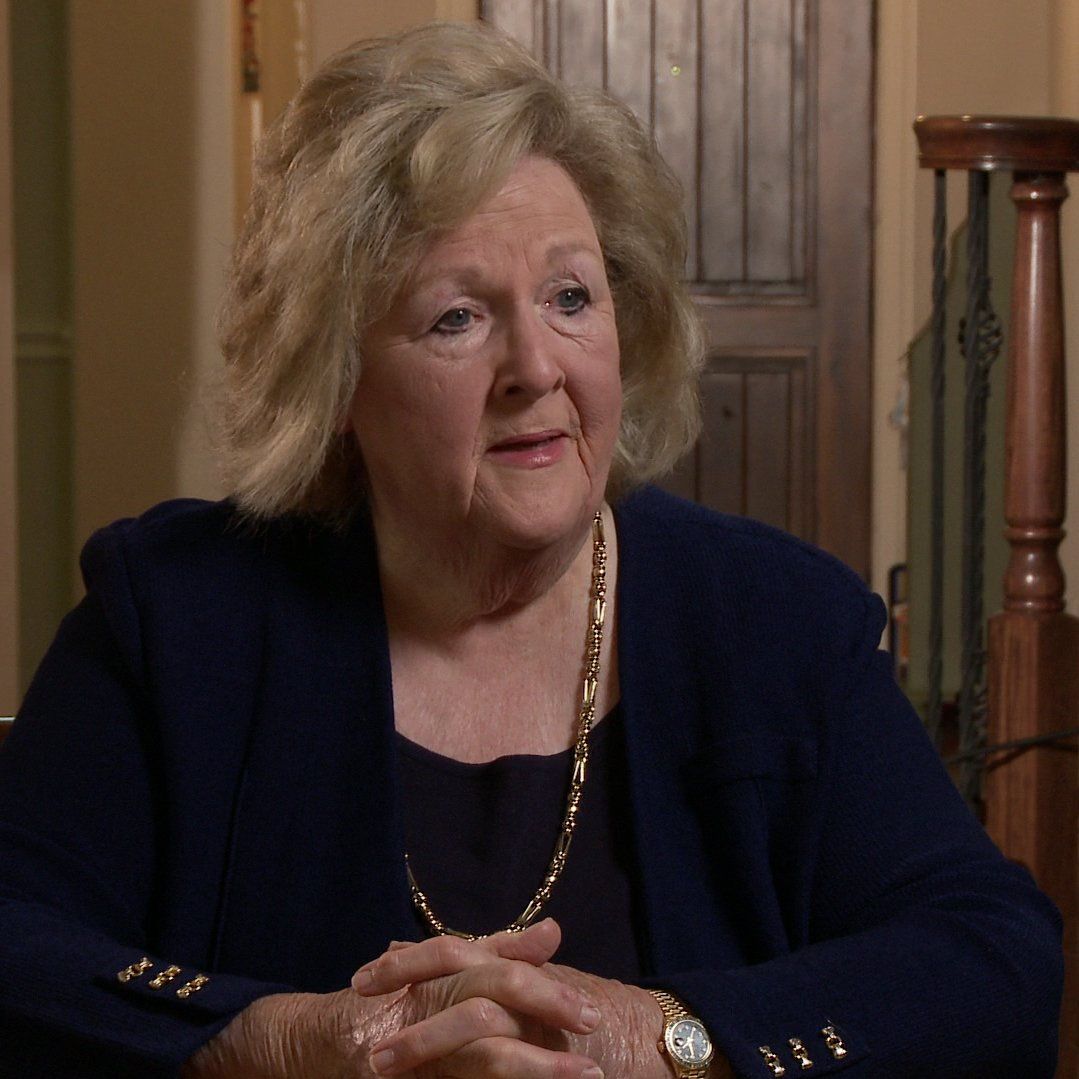Interviewing Nathan Pence
About how to move forward in Texas
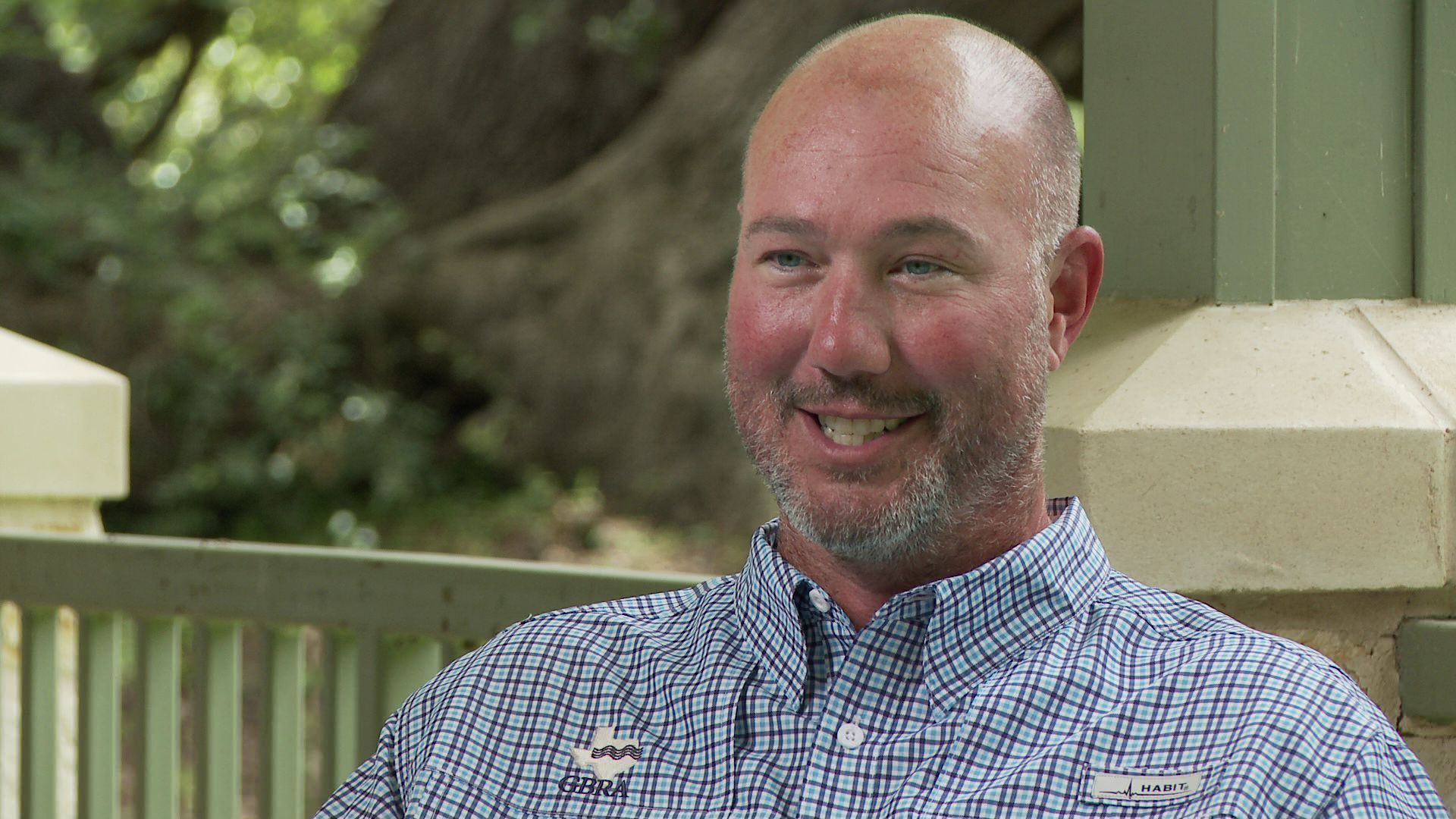
We recently interviewed Nathan Pence, Executive Manager of Environmental Science for the Guadalupe-Blanco RIver Authority in Seguin, Texas. Nathan is assigned to work with Jim Blackburn, Ann Hamilton, and The Aransas Project to develop the post litigation agreement to monitor and protect the habitat for the endangered Whooping Cranes in and around San Antonio Bay.
After The Aransas Project lost its final appeal in the courts, Jim and former General Manager Bill Wes had hammered out a "middle-way" solution for this delicate ecosystem. When Bill retired, he passed along the development duties to Kevin Patteson and then Nathan Pence when he came aboard GBRA.
Jim was excited to work with Nathan whose resume included work at the Edwards Aquifer Authority to protect the endangered species at the Comal and San Marcos Springs. Nathan suggested working out a Habitat Conservation Plan for the rivers and bays important to the Whoopers and the estuarial waters they inhabited during the winter. Jim had always hoped to achieve four goals — expand the Whooping Crane dedicated habitat, improve the habitat in the Guadalupe River delta, develop a "refugium" to ensure that San Antonio Bay would always have a protected estuarine zone, and explore the applicability of the Texas Coastal Exchange to restoring grasslands and seeps and springs for base flows in Guadalupe River. Not only did Nathan's plan encompass those four goals that but it expanded the agreement to cover protecting additional endangered mussels and salamanders in the Guadalupe River basin up into the Hill Country.
Jim feels that the The Aransas Project taught him some of the most important lessons in his career as an environmental lawyer. His epiphany was that, especially in Texas, the best way to succeed in environmental protection is to find a compromise where both sides feel that they have won. Litigation is still necessary in some cases, but if a middle-way can be found, it is often the best road to success.


